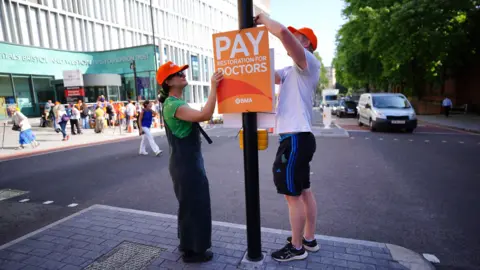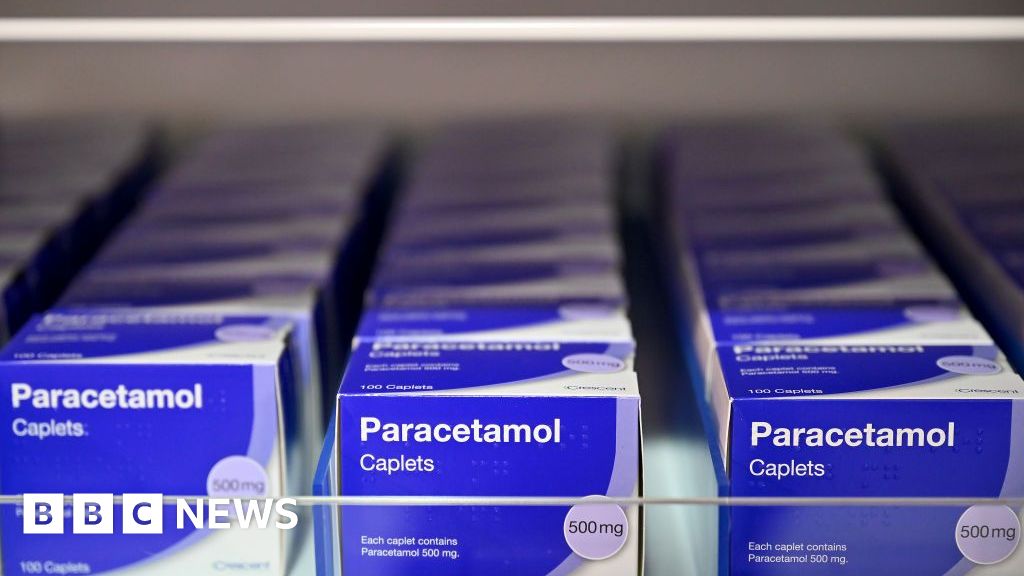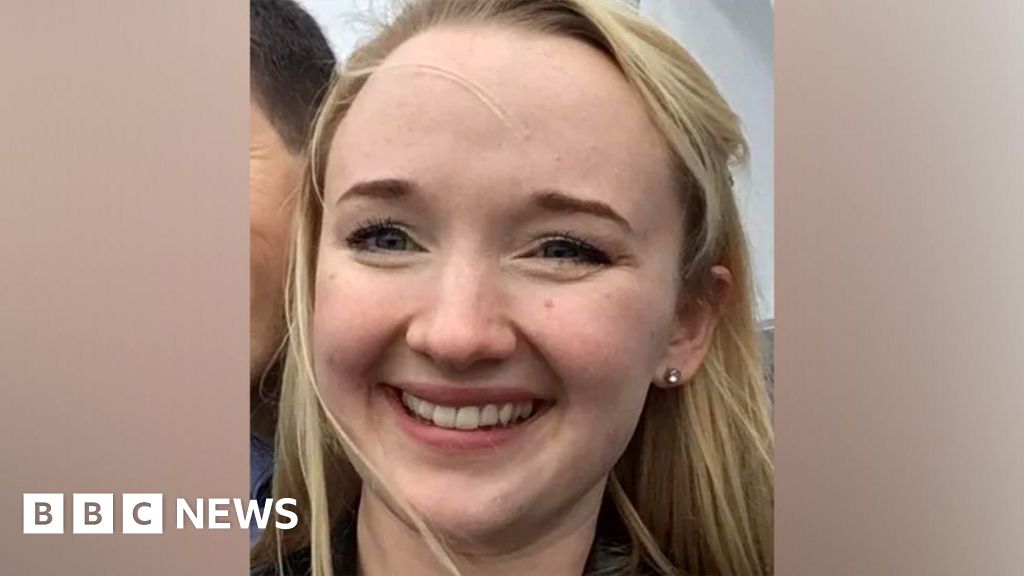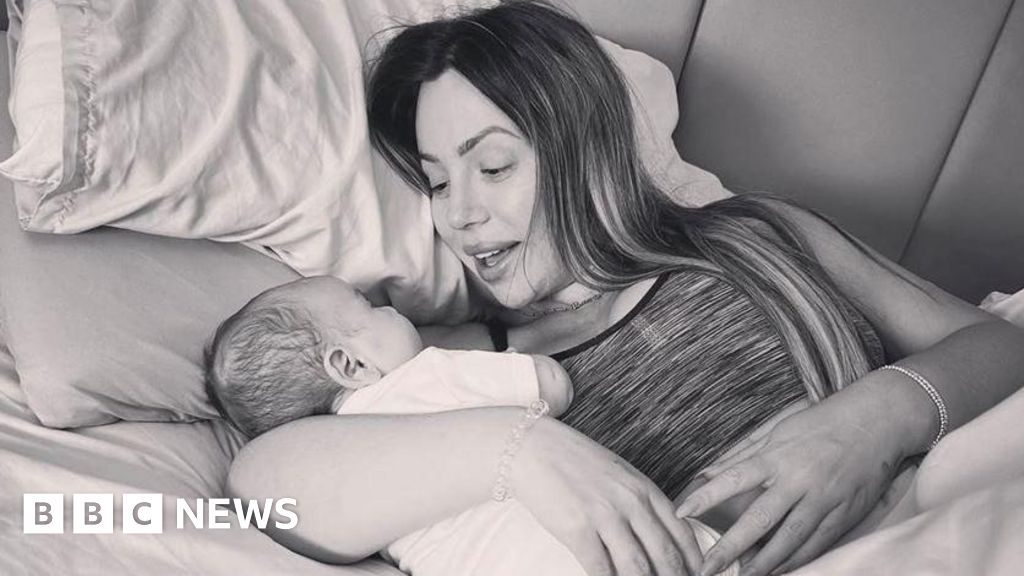 Press Association
Press AssociationThe government and the British Medical Association will restart talks in the coming days to end the long-running resident doctor dispute in England.
It comes after BMA leaders met Health Secretary Wes Streeting on Tuesday, following a five-day walkout at the end of July.
The BMA said it had agreed to a “window for negotiations”.
This is understood to mean there will now be a series of talks over the coming weeks with no more strike action called in the meantime.
Last week Streeting said he was willing to meet again but would not negotiate on pay as resident doctors, the new name for junior doctors, had received pay rises totalling nearly 30% in the past three years.
Previous talks, held ahead of July’s five-day strike, the 12th since March 2023, had centred on career progression, working conditions – such as rotas, and out-of-pocket expenses like exam fees.
The BMA said the meeting on Tuesday was “informative” and the two sides had reached a “greater mutual understanding” than previously.
The union said it wanted to work with the government on non-pay items but, going forward, there still had to be movement on pay.
The union argues that, despite the pay rises, resident doctors’ pay is still a fifth lower than it was in 2008, once inflation is taken into account.
Jobs shortage
BMA resident doctors committee co-chairs Dr Ross Nieuwoudt and Dr Melissa Ryan said: “We have agreed a window for negotiations, which we hope the government will use wisely.
“We are working to ensure strike action does not need to be repeated and will give time to explore solutions. However, doctors and patients both deserve a resolution sooner rather than later.”
They also said they wanted the government to address what they say is a shortage of jobs after the second year of training when resident doctors move into speciality training.
This year there were more than 30,000 applicants for 10,000 jobs at this stage, although some will have been doctors from abroad.
Resident doctors represent nearly half the medical workforce and range from doctors fresh out of university through to those with up to a decade of experience.








